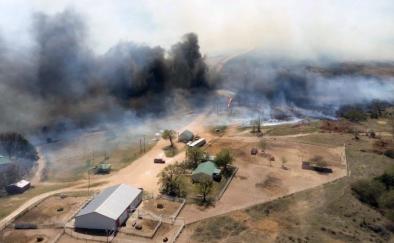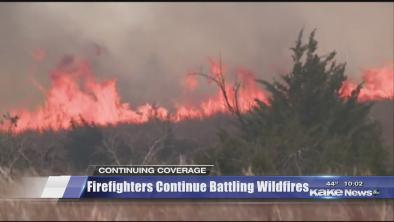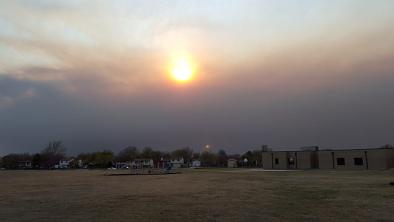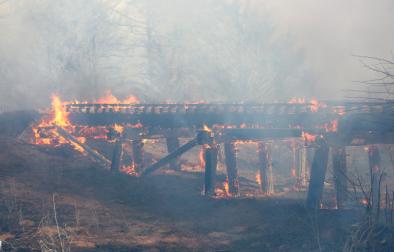Science Source
Increasing western US forest wildfire activity: sensitivity to changes in the timing of spring
- Highlights prior work on wildfires that show western US forest wildfire activity increased abruptly in the mid-1980s, and that large forest wildfires and areas burned in them have continued to increase over recent decades, with most of the increase in lightning-ignited fires
- Holds that wildfires in the Northern US Rockies dominated early increases in wildfire activity, and still contributed 50% of the increase in large fires over the last decade
- Finds, however, the percentage growth in wildfire activity in Pacific northwestern and southwestern US forests has rapidly increased over the last two decades
- Finds wildfire numbers and burned area are also increasing in non-forest vegetation types
- Finds wildfire activity appears strongly associated with warming and earlier spring snowmelt
- Analyzes the drivers of forest wildfire sensitivity to changes in the timing of spring, which demonstrates that forests at elevations have been most affected (these regions are where the historical mean snow-free season ranged between two and four months, with relatively high cumulative warm-season actual evapotranspiration)
- Finds that increases in large wildfires associated with earlier spring snowmelt scale exponentially with changes in moisture deficit, and moisture deficit changes can explain most of the spatial variability in forest wildfire regime response to the timing of spring
 Figure:
Figure: Human and lightning-ignited annual large forest fires, (a), grass and shrubland fires (b), forest burned area (c), and grass and shrub burned area (d), on Forest Service, Park Service and Indian Lands in the western US. Horizontal lines indicate decadal averages.
Related Content
Headline

Apr 21, 2016 | The Christian Science Monitor
As largest wildfire in Kansas history rages, help from unlikely sources
Headline

Apr 20, 2016 | KAKE News
Wildfire burns nearly 400,000 acres in Kansas, Oklahoma
Headline

Apr 20, 2016 | AccuWeather
Wind-fueled wildfire scorches nearly 400,000 acres in Kansas, Oklahoma
Headline

Apr 20, 2016 | Weather Underground
Fire and ice on the Plains: Intense snow, raging blazes


